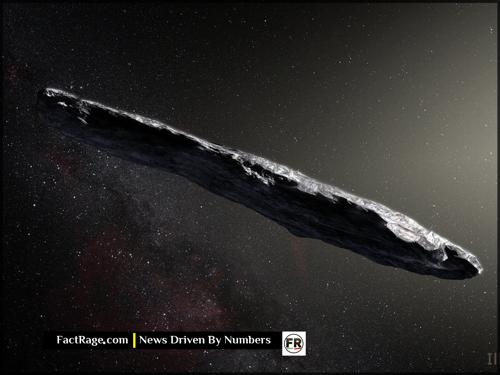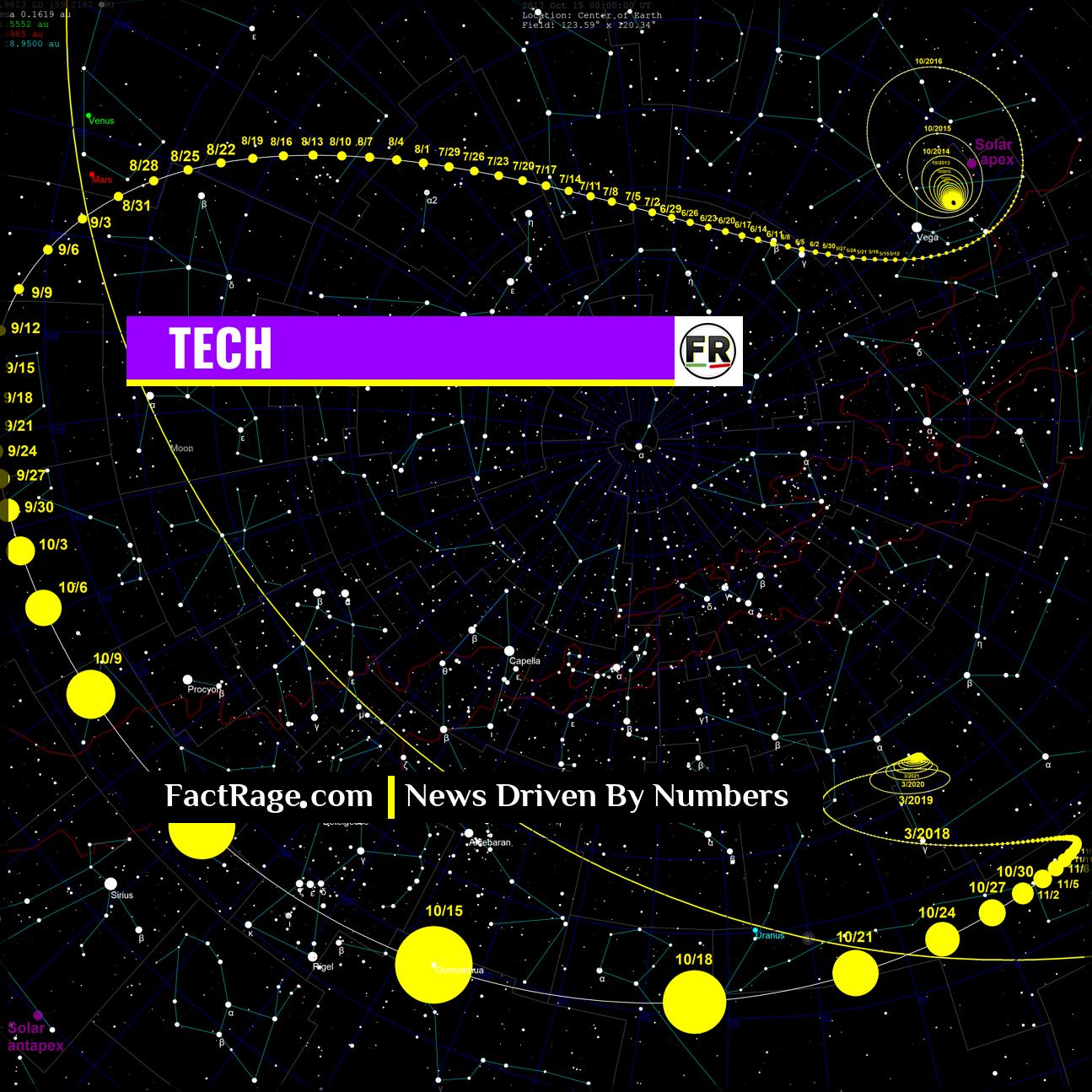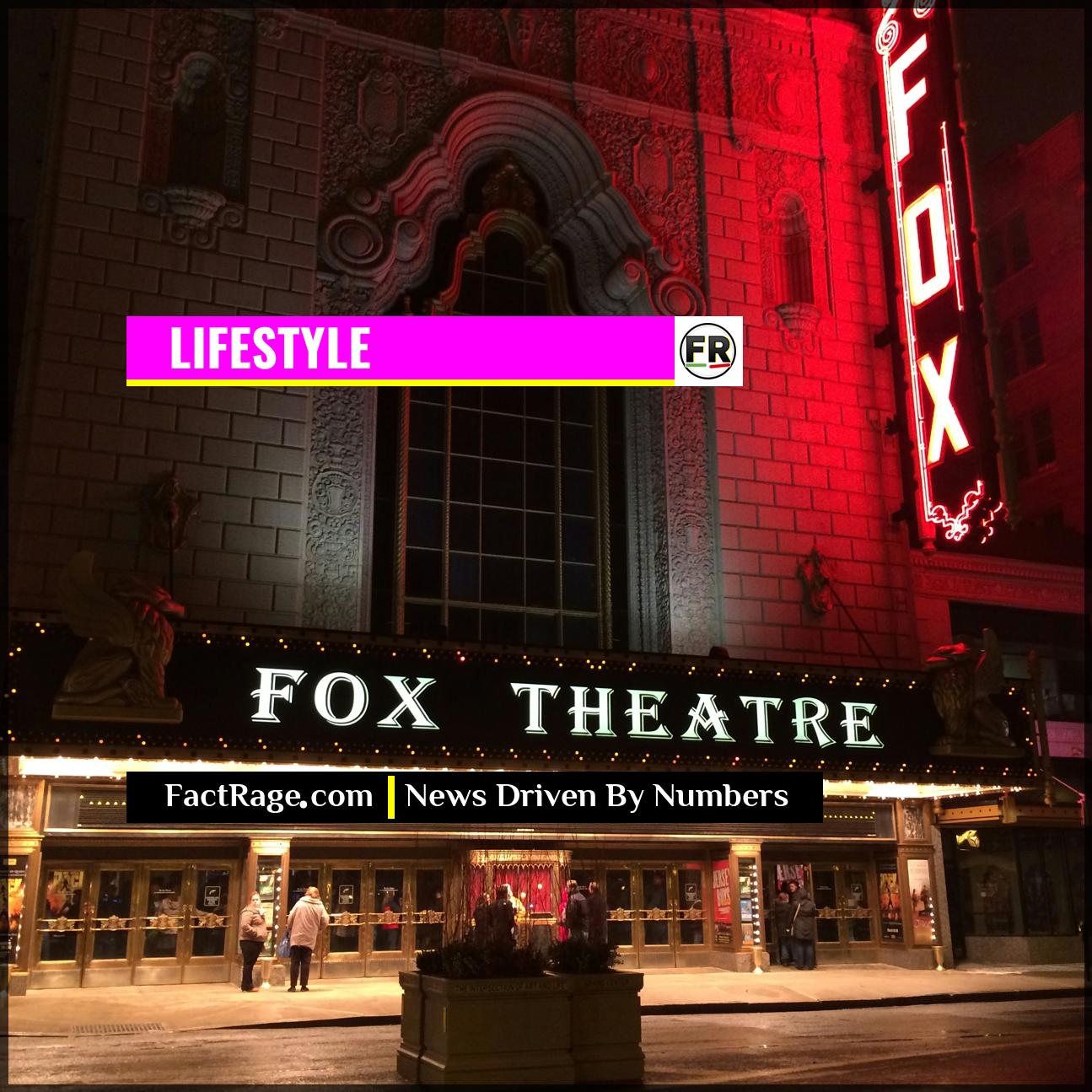GLOBAL – The confirmation that our solar system is periodically visited by objects from other stars has opened a new frontier in astronomy, prompting a scientific race to find and understand these cosmic travelers.
- Confirmed Visitors – To date, only two interstellar objects have been officially confirmed: 1I/’Oumuamua in 2017 and 2I/Borisov in 2019.
- A Tale of Two Objects – The two visitors were vastly different. 2I/Borisov resembled a typical comet, while ’Oumuamua’s unusual shape and movement continue to fuel intense scientific debate about its origin.
- A New Era of Detection – The Vera C. Rubin Observatory, soon to be operational, is expected to increase the detection rate from one every few years to potentially dozens annually, providing a wealth of new data.
These rare detections have transformed our understanding of the galaxy, confirming that the debris from other star systems regularly passes through our own cosmic backyard. The central question now facing astronomers is not if more will come, but how to find them and what they can teach us.
What  Oumuamua and Borisov Revealed
Oumuamua and Borisov Revealed
The first two interstellar guests offered a study in contrasts. Discovered in 2017 by the Pan-STARRS survey telescope, 1I/’Oumuamua (a Hawaiian name meaning “scout”) was unlike anything seen before. It was small, estimated to be a few hundred meters long, and highly elongated, with some models suggesting a shape like a cigar or a flat pancake. Most puzzling was its trajectory. It showed a slight “non-gravitational acceleration”—a small push away from the Sun that could not be explained by gravity alone. While this is common for comets, which are propelled by outgassing ice, ’Oumuamua had no visible coma or tail. This has led to a variety of hypotheses, from a nitrogen iceberg breaking off a Pluto-like exoplanet to the highly speculative but publicly debated idea that it was an extraterrestrial artifact.
Two years later, amateur astronomer Gennadiy Borisov discovered 2I/Borisov. This object was much more familiar. It was a large, active comet with a clear tail of dust and gas, behaving just as astronomers would expect. Its composition appeared similar to comets from our own solar system. The discovery of Borisov provided a crucial data point: it showed that “normal” comets are indeed ejected from their home systems and wander the galaxy. Together, the two objects demonstrate that interstellar visitors are likely a diverse population, not a single type of object.
The Challenge of Finding a Needle in a Cosmic Haystack
Spotting these visitors is an immense technical challenge. They are typically small, dark, and moving at incredible speeds—Oumuamua was traveling at about 58,900 miles per hour (26.3 km/s) relative to the Sun when it was discovered. Current sky surveys are powerful, but they can only capture snapshots of the sky. Finding an interstellar object has largely been a matter of luck, spotting it only after it has already looped around the Sun and is on its way out of the solar system.
The key to identifying an interstellar object is its path. Objects belonging to our solar system follow elliptical or circular orbits around the Sun. Interstellar visitors, however, travel on a “hyperbolic” trajectory. They approach from one direction, are bent by the Sun’s gravity, and then depart in another, carrying enough speed to escape the Sun’s gravitational pull forever. Calculating this orbit is the only definitive way to confirm an object’s external origin.
How New Technology Will Revolutionize the Hunt
The era of accidental discoveries may soon be over. The Vera C. Rubin Observatory, an advanced facility in Chile, is poised to change the game. Set to begin full operations in the near future, the observatory features an 8.4-meter mirror and the world’s largest digital camera at 3,200 megapixels. Its primary mission is the Legacy Survey of Space and Time (LSST), which will scan the entire visible southern sky every few nights.
This unprecedented survey speed and depth are ideal for finding faint, fast-moving targets. By repeatedly imaging the same patches of sky, the LSST will create a massive real-time map of the solar system, allowing algorithms to quickly flag objects with unusual trajectories. Scientists anticipate that the Rubin Observatory will detect not just a handful, but dozens of interstellar objects every year. This will provide a large enough sample size to begin classifying them, understanding their origins, and using them as direct probes of planetary systems beyond our own.














